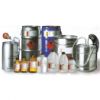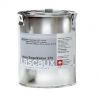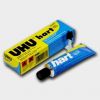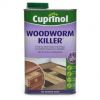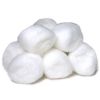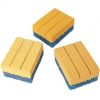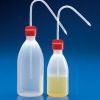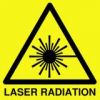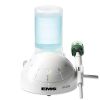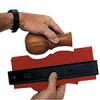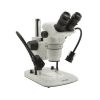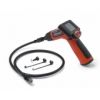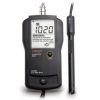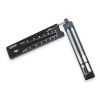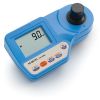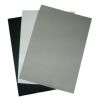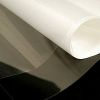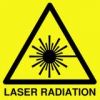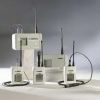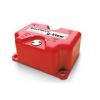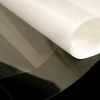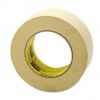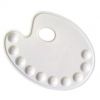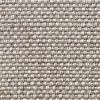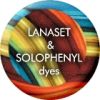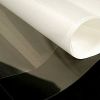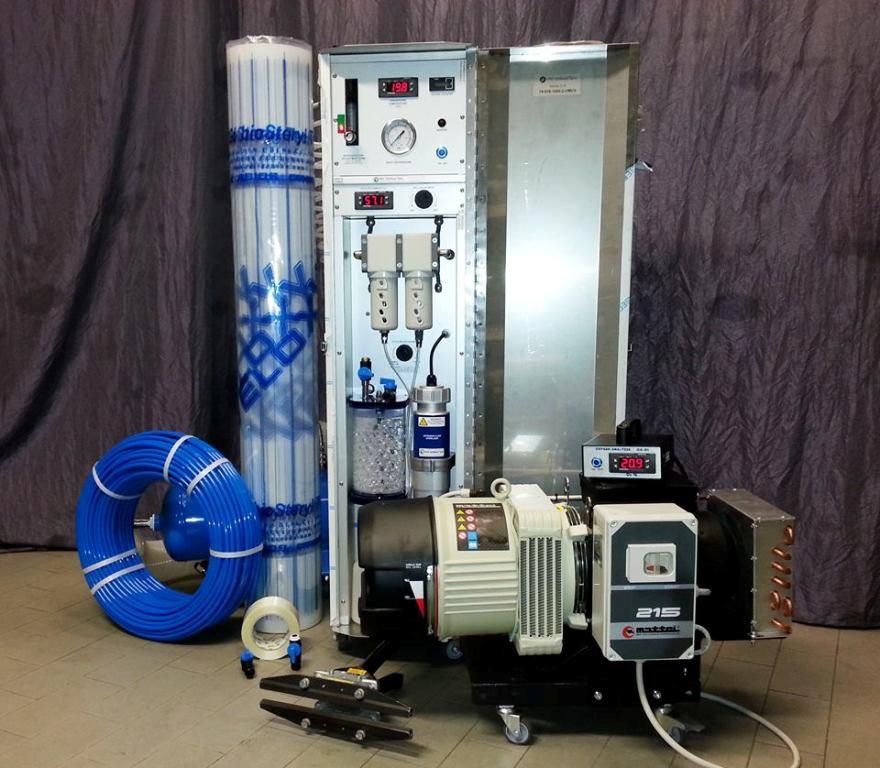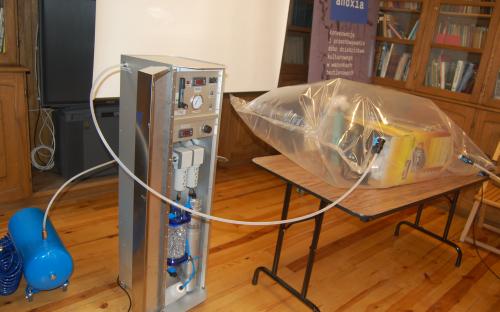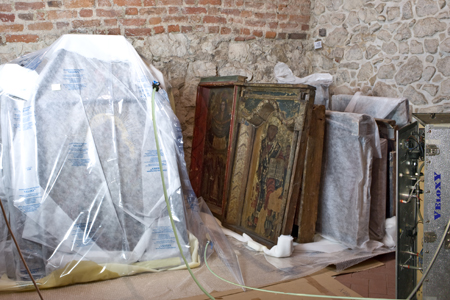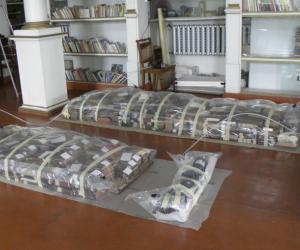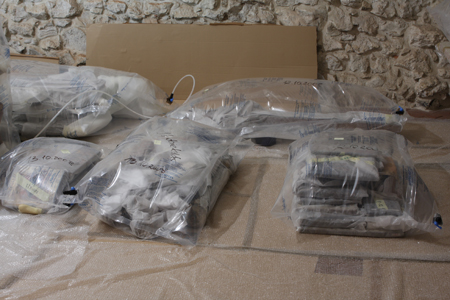|
The treatment consists of placing for three weeks, the items in sealed envelopes made with a gas barrier plastic film in which oxygen (which is present in 'the air to 20.95% by volume) is replaced with inert gases: nitrogen, argon or helium.
The level of residual oxygen concentration must be very low (less than 0.4%) because many species of insects are particularly resistant.
The exposure times necessary to determine the death of all life stages of the hardiest species vary from 10 days (argon and helium) at 21 days (nitrogen).
|
Mechanisms leading to the death of the insects when they are exposed to low concentrations of oxygen
|
|
Over the last decade have been made numerous researches in the field of pest control by anoxia, the studies are aimed at understanding the mechanisms causing the death of the parasites when they are surrounded by conditions of low oxygen atmosphere.
Among them, the loss of water appears to be the main cause of their death, this hypothesis is supported by three reasons:
1) The physiology of insects is such that their way of breathing leads to rapid dehydration in the absence of oxygen or in the presence of carbon dioxide.
2) The mortality rate increases when the environmental conditions are likely to produce dehydration (high temperatures and low relative humidity).
3) The evidence of significant weight loss that can only be associated to a loss of water.
The physiology of insects is such that they can control, breathing, some important processes: the exchange of oxygen and carbon dioxide and water retention.
This is done through a series of holes (spiracles) that make up their system of breathing. A thin layer of epithelial waxy that covers the spiracles prevents water loss during respiration. The opening of spiracles, located along the abdomen and chest, of the insect can be controlled so as to enable it to draw air without wasting water.
Normally, the spiracles are kept closed from the insect to avoid dehydration and opened only for a moment to breathe air and therefore oxygen.
The scarcity or absence of this gas, forcing the insect to keep the spiracles are always open and thus lose water (ten times as much as would happen under normal conditions).
The inert gases inhaled extract water from the internal organs of the insect and then spread out across the surface of the abdomen and trunk causing dehydration. The scattering of water can not be offset because the humidity outside epicuticolo waterproof waxy covering the spiracles prevents the entrance.
The loss of water is more pronounced in the case are used argon and helium compared to nitrogen, in fact, since the molecular size of these first two gases are 1.22 and 1.91 Å (well below 2.31 for nitrogen a) the diffusion of water across the surface of the body is higher. Unfortunately, these gases are very expensive and must be transported in cylinders.
Typically, to get 100% mortality, with nitrogen, it must be almost double the time than necessary with helium or argon, the success rate is still absolute need only a little more time.
It is far more important to ensure the complete elimination of parasites than the savings in time and, unless specific exceptions, the nitrogen which is much less expensive than argon or helium is preferable.
The time required for the anoxia causes the death of the insects in their various life stages depends on temperature.
For the hardiest species, environmental conditions of 20 ° C and relative humidity of 55%, laboratory tests have allowed us to verify that the exposure times necessary to determine the death of the different developmental levels of the insects are:
Adult> 3 to 4 days;
Egg> 70 to 10 days;
Larvae> 14 - 20 days;
Pupa> 14 - 20 days
|
|
Anoxic pest control technologies
|
|
To treat very small objects and very sensitive, you can apply the method of anoxia turning in bags of plastic film with barrier gas and include substances that remove oxygen Ageless TM (manufactured by Mitsubishi).
This product consists of incomplete iron oxides that react with oxygen in the air, as the reaction is exothermic it must take care to keep out the objects from the reagent.
The cost of Ageless TM is surprisingly high and makes it inapplicable for large-sized objects.
Prior to working on larger objects are used in compressed gas cylinders or equipment VELOXY
|
|
Tanks
|
|
May be used in compressed gas cylinders (this needs to be humidified to avoid giving rise to material damage).
The use of compressed gas involves the handling of large quantities of high pressure cylinders (200 bar) which are problems of transport, logistics and security.
To replace the oxygen with the gas tank is necessary to "wash" with the nitrogen content of air envelope, which means gas discharges into the environment low in oxygen for a long time (something that would happen very quickly in case of failure).
A human being, when exposed to atmospheric conditions in which the concentration of oxygen is inferred to 8%, died in about 8 minutes, since they already are with 15% fainted, an error can result in serious accidents.
Moreover, any wrong move in the valve opening pressure reduction or in the case of an accident, there is a risk of convey a flow of gas at a rate of hundreds of meters per second, a similar project has a kinetic energy can certainly produce serious damage to objects that were invested.
|
VELOXY
|
|
The system VELOXY was developed and certified in the context of the EU Project SAVE ART.
With VELOXY the amount of nitrogen needed is produced at low pressure and humidity controlled, directly on the spot separated from the atmospheric component to reduce the oxygen concentration to values of 0.1%.
Given that the process carried out by VELOXY consists of a separation in the enclosure where it operates, the balance of gas is constant and there are the dangers mentioned above. In other words, the sum of the amounts of residual oxygen in the cases and the amount of oxygen present in the room is always equal to the concentration of oxygen in the air under normal conditions.
The research activities carried out during the project showed a very important fact: the low oxygen conditions create a serious disruption to the metabolism of the parasites.
We have seen in fact that even if (for exposures of less than three weeks or oxygen concentrations are not perfectly maintained) a small percentage of larvae and pupae of the species are more resistant to low concentrations of oxygen can be survived, it fails to complete the cycle vital.
One of the big advantages using VELOXY for the treatment of cultural property by the method anoxia to make them "directly into the museum without the need to move objects from their usual place.
Since the method based solely on atmospheric air and not use compressed gas to operate VELOXY LICENCES not need or specific authorizations.
The machine is very easy to manage for the same institute where the personnel can handle the objects on their own and this makes the method very flexible and cost effective.
Once the casings packed and closed up the works, the process of oxygen extraction will be performed by VELOXY on their own (the system can operate continuously during the night) the staff will only perform a minimal monitoring (several tens of two minutes three times a day).
In particular, in libraries and archives operations can be managed in such a way as not to cause inconvenience to users, because if it becomes necessary to consult special books or documents, you can stop the treatment, limited to those objects, to resume later.
Since the inert atmosphere, by its very definition, is without effect to the materials, can be used as a preventive measure in case there was a suspicion of the presence of parasites in some work. It is also ideal for long-term preservation of works not on public display and stored in warehouses.
Confined in enclosures and ponds surrounded by a protective atmosphere, the cultural heritage will be protected not only against biological agents but also from dust, air pollution, accidents that could result in uncontrolled release of water and / or smoke and the natural degradation due to the phenomenon oxidation.
The latter feature is particularly important, because you can ensure the preservation objects made of metal or metal containing keeping them in conditions of anoxia.
Several components in steel for the shipbuilding industry kept in environments with salt air have been locked up in pouches under lack of oxygen; years later, at the time of their use, none of the components showed signs of corrosion or deterioration.
Available at 2 types, Veloxy 500 (500 lt of nitrogen per hour) & Veloxy 1000 (1000 lt of nitrogen per hour)
|



